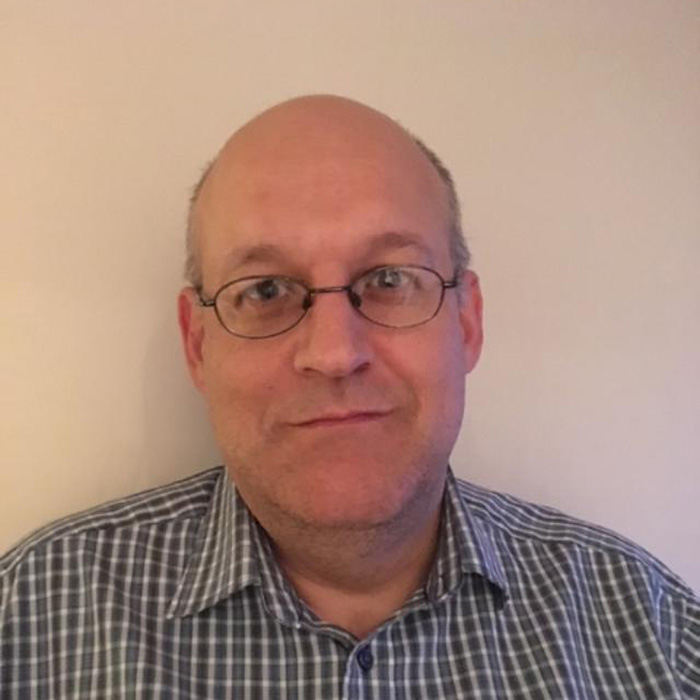Perseids over Howell, Michigan, US, captured by Michael Rosinski on 11 August 2015. Michael used a Canon EOS 70D DSLR camera. Image Credit: Michael Rosinski
In the world of music today, there are a number of performers who find themselves in the enviable position of needing to buy a garden rake to collect all the cash thrown at them, for what to me sounds like an accordion in a spin-dryer.
However, spanning the decades with his unmistakeable voice and charismatic charm remains the legend that is Frank Sinatra, with one particular gem from his repertoire 'Strangers in the Night' aptly summing up a rather odd experience on a mountain top watching the Perseids meteor shower in 2016.
Having settled into a routine of producing a monthly astronomy column for a regional newspaper, I decided to give the editor a nudge for a supplemental piece covering the Perseids.
Having pitched the idea and it being accepted, a journalist named Luke contacted me from the newspaper and we set about preparing the groundwork for an article, with the plan to meet up under the August night sky on a nearby mountain to observe the shower.
The premise was that if Luke could actually see what I was creating such a fuss about, it would add more spice to the finished work.
The core of the piece was that the Perseids are a spectacle that everyone can enjoy without the need for optical aid, and seeing as they peak in the middle of the school summer holidays, they're an ideal opportunity for children to be allowed to stay up late and observe a wonder of the Universe.
What causes the Perseids?
The Perseids meteor shower is one of the astronomical highlights of the year, as Earth passes through debris known as the Perseid Cloud, made up of debris left in the orbital wake of Comet Swift-Tuttle.
The comet deposits debris every 130 years or so during its trek around the Sun. Generally, around 60 to 80 meteors per hour can be expected on the night of peak activity, 12-13 August, provided the weather is clear and you observe away from light pollution.
Having exchanged telephone calls with Luke on the intended night of observing, and with hourly assessments of the weather, we agreed to meet at 02:00 (or "stupid o’clock" as a colleague of mine would say) to catch what we could of the shower.
Cloud cover did seem an issue, but there were enough pockets of clear sky left to give some cause for optimism; sufficient enough for us both to drive to a mutually agreed car park on the nearby Blorenge Mountain.
However, as I pulled into the car park and upon seeing quite a few vehicles parked up, (as one does at 2am), it suddently occured to me that I had no idea what Luke looked like.
As I parked the car on the gravel surface I squinted into the pitch black.
I could make out several cars and a semi-lit camper van type vehicle.

Unable to raise Luke due to an indifferent phone signal, I thought I would take my chances and approach a few vehicles.
A word of warning at this point: don’t do this! It’s not big or clever, just plain stupid really, approaching vehicles in the dark and asking the occupants whether they've seen any shooting stars.
Nevertheless, I started to walk from car to car asking if the occupant was ‘Luke’ and whether or not they had seen any meteors.
Feedback was patchy at best, from “I’ve seen a few” to a deathly silence from the camper van, and my hasty retreat.
In the end Luke did show, along with a friend, and after randomly introducing himself in the hope that it was me, we turned our attention to the sky.
At this point I recalled The Sky at Night episode from August 1961, when Sir Patrick was joined by George Hole for a live observing session with a 24-inch telescope.
Clouds foxed Patrick and George then, and it got the better of me and Luke that night. However, it certainly was a night to remember.
